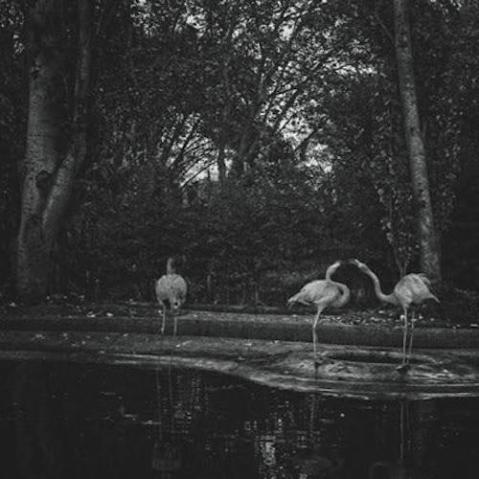What is the golden ratio?
Warning: maths ahead! But hang on in there—it’s fascinating maths! The golden ratio, symbolised by the Greek letter Phi, has a value of approximately 1.618. Artists have used this ratio as a basis for composition for centuries, with one of the most famous examples being Botticelli’s The Birth of Venus (circa 1485).

Phi is an irrational number, which means it cannot be displayed as a simple fraction, and it has an endless string of numerals behind the decimal point. In fact, this number is as far as you can get from a fraction, making it perhaps the most irrational number of all. Taking a closer look at Phi, some fascinating things come to light and this ratio abounds in nature. For example, the seeds in the center of a flower are arranged according to Phi—it just so happens that 1.618 is the exact rotation needed for arranging things in a spiral without gaps. It’s beautiful in its complex simplicity, and somehow, living organisms with no math skills whatsoever manage to arrange themselves this way.
 As a simple guide to evaluate composition you can create a template like this one, which can be placed over an image and used as a cropping guide, or to study how everything lines up.
As a simple guide to evaluate composition you can create a template like this one, which can be placed over an image and used as a cropping guide, or to study how everything lines up.
To bring us closer to the subject of composing photographs, we need to look at the ‘golden rectangle.’ This is defined when the longer side of a rectangle, divided by the shorter side, is equal to Phi (1.618). This is easy to grasp if you have a rectangle measuring 1618 x 1000 pixels, but this is usually not the case with large photos. However, it is quite simple to adjust the size of an image to fit this ratio: if you know how long the shorter side of the frame is (or is going to be), simply multiply that by Phi to determine the longer side of the frame and crop accordingly.
 Shutter speed 30 seconds at ƒ/7.1 and ISO 320. It’s almost uncanny how the shape and position of these horses fits into a golden spiral.
Shutter speed 30 seconds at ƒ/7.1 and ISO 320. It’s almost uncanny how the shape and position of these horses fits into a golden spiral.
The golden spiral follows the path created when a golden rectangle is divided into increasingly smaller rectangles. First, draw a line to create an even square at the left of your frame. This will leave a smaller golden rectangle at the right. Rotate the frame 90° clockwise, and repeat the process with the smaller rectangle. Continue rotating and dividing until you can no longer divide easily. From the smallest square you then draw a semicircle toward the corner of the adjacent square, then on to the corner of the next, and so on.
 20-second exposure at ƒ/11 and ISO 100. Shot in daylight with Nd400 filter.
20-second exposure at ƒ/11 and ISO 100. Shot in daylight with Nd400 filter.
As you may have already realised, the most common film or digital image formats are not golden rectangles (in order to fit the rule, a 3:2 ratio would need to be 3.24:2, and 4:3 would become 4.85:3). Consequently, it’s almost impossible to compose an image exactly in accordance with the golden ratio, but it’s worth familiarising yourself with the concept when choosing a frame or cropping an image. You can create a template that can be placed over an image and used as a cropping guide.
In Moodscapes Rebekka Guðleifsdóttir shares her unique approach to capturing breath-taking fine-art landscape shots. Her work has caught the eye of editors the world over, leading her to be named Web’s Top Photographer by the Wall Street Journal, and here she reveals the techniques that will make your landscape photography stand out from the crowd and win a place on a gallery wall.
 Moodscapes, by Rebekka Guðleifsdóttir
Moodscapes, by Rebekka Guðleifsdóttir
£9.99
Download the PDF now, or put your name on a list for an advance print copy!





